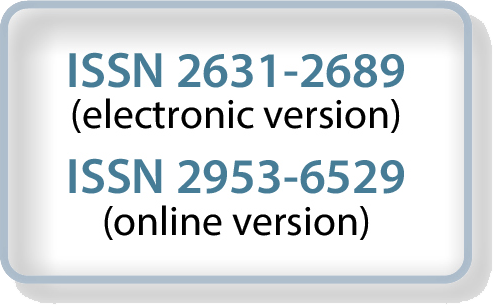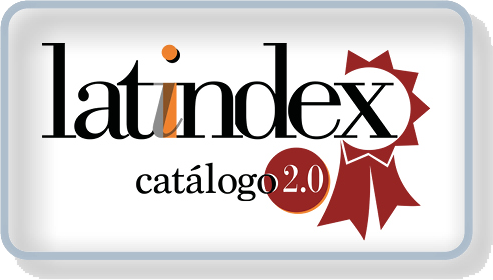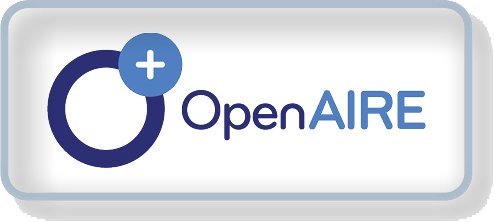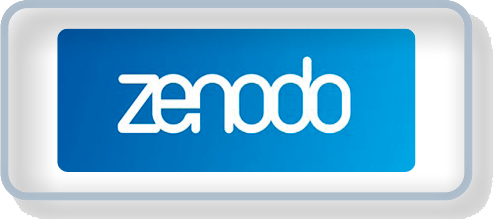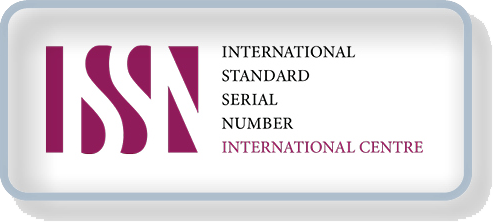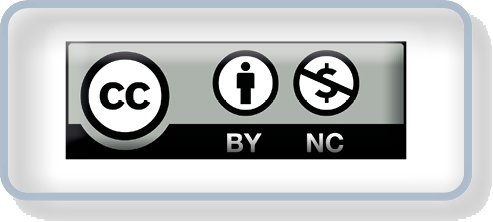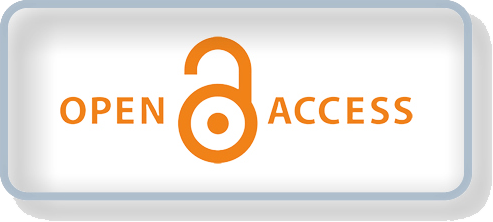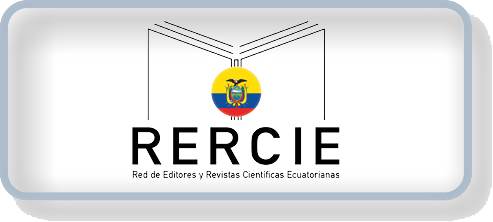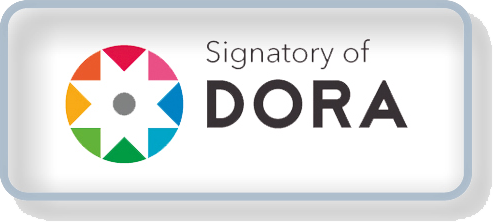Self-directed learning and teaching of Statistics to improve student performance
DOI:
https://doi.org/10.64736/ueplc.2025.v8.n1.2Keywords:
learning, self-instruction, statistics, learning packages, group instructionAbstract
This study evaluated the effectiveness of self-directed learning in improving the performance of university students in Statistics, specifically in the unit on measures of dispersion, within the framework of the transition from a traditional teacher-centered model to a student-centered approach. A quasi-experimental design was applied with 80 Business Administration students (aged 20–25) from a private Ecuadorian university, divided into an experimental group (40 students with self-directed learning) and a control group (40 students with traditional methodology). The content was organized into three self-instructional modules (range, variance, and standard deviation) based on GAISE recommendations, with integrated formative assessments, and performance was measured through a project using real data and a multiple-choice test. Results showed that the experimental group achieved a mean score of 38.54 compared to 34.20 for the control group, representing a 12.7% improvement; the Student’s t-test indicated statistically significant differences (t = 3.21, p = 0.002), leading to the rejection of the null hypothesis. It is concluded that self-directed learning significantly enhances performance in Statistics by fostering student autonomy, metacognitive skills, and deep conceptual understanding, thereby supporting the implementation of student-centered educational models and providing empirical evidence for their adoption in university Statistics courses.
Downloads
References
Dahal, A., & Bhat, N. (2023). Self-directed learning, its implementation, and challenges: A review. Nepal Journal of Health Sciences, 3(1), 102–115. https://doi.org/10.3126/njhs.v3i1.63277
Dick, W., Carey, L., & Carey, J. (2015). The systematic design of instruction (8th ed.). Pearson. https://tinyurl.com/4uv3bvb5
GAISE College Report ASA Revision Committee. (2016). Guidelines for assessment and instruction in statistics education college report 2016. American Statistical Association. https://tinyurl.com/35m3d9nh
Gibbons, M. (2002). The self-directed learning handbook. Challenging students to excel. Jossey-Bass.
Gravetter, F., & Wallnau, L. (2017). Statistics for the behavioral sciences (10th ed.). CENAGE Learning. https://tinyurl.com/bdbfayxc
Huang, L., Li, X., Meng, Y., Lei, M., Niu, Y., Wang, S., & Li, R. (2023). The mediating effects of self-directed learning ability and critical thinking ability on the relationship between learning engagement and problem-solving ability among nursing students in Southern China: A cross-sectional study. BMC Nursing, 22, 212. https://doi.org/10.1186/s12912-023-01280-2
Hutasuhut, I., Adruce, S., & Jonathan, V. (2021). How a learning organization cultivates self-directed learning. Journal of Workplace Learning, 33(5), 334–347. https://doi.org/10.1108/JWL-05-2020-0074
Knowles, M. (1973, April). The Adult Learner: A Neglected Species. Gulf Publishing Company. https://files.eric.ed.gov/fulltext/ED084368.pdf
Land, S. M., & Hannafin, M. J. (1996). Student-centered learning environments: Foundations, assumptions, and implications. En Proceedings of Selected Research and Development Presentations at the 1996 National Convention of the Association for Educational Communications and Technology (18th, Indianapolis, IN, 1996) (pp. 1-7). U.S. Department of Education, Office of Educational Research and Improvement. https://files.eric.ed.gov/fulltext/ED397810.pdf
Lee, W. W., & Owens, D. L. (2004). Multimedia-based instructional design: Computer-based training, web-based training, distance broadcast training, performance-based solutions (2nd ed.). John Wiley & Sons. https://tinyurl.com/42e54tda
Mega, C., Ronconi, L., & De Beni, R. (2014). What makes a good student? How emotions, self-regulated learning, and motivation contribute to academic achievement. Journal of Educational Psychology, 106(1), 121–131. https://doi.org/10.1037/a0033546
Morris, T. H. (2023). Four Dimensions of Self-Directed Learning: A Fundamental Meta-Competence in a Changing World. Adult Education Quarterly, 74(3), 236-254. https://doi.org/10.1177/07417136231217453
Nasri, N. M., Halim, L., & Abd Talib, M. A. (2020). Self-directed learning curriculum: Students’ perspectives of university learning experiences. Malaysian Journal of Learning and Instruction, 17(2), 227–251. https://doi.org/10.32890/mjli2020.17.2.8
Pintrich, P. R. (1995, Fall). Understanding self-regulated learning. New Directions for Teaching and Learning, 1995(63), 3–12. https://tinyurl.com/mvzd8byp
Robinson, J. D., & Persky, A. M. (2020, March). Developing self-directed learners. American Journal of Pharmaceutical Education, 84(3), 847512. https://doi.org/10.5688/ajpe847512
Savin-Baden, M., & Major, C. H. (2004). Foundations of problem-based learning. McGraw-Hill Education (UK). https://tinyurl.com/33b6c2yb
Smith, P., & Ragan, T. (2004). Instructional design. John Wiley & Sons. https://tinyurl.com/3raz8m8c
Tuckman, B. (1988). Conducting educational research. Harcourt Brace Jovanovich, Publishers.
van der Graaf, J., Lim, L., Fan, Y., Kilgour, J., Moore, J., Gašević, D., Bannert, M., & Molenaar, I. (2022). The dynamics between self-regulated learning and learning outcomes: An exploratory approach and implications. Metacognition and Learning, 17, 745–771. https://doi.org/10.1007/s11409-022-09308-9
Wang, C. H., Shannon, D. M., & Ross, M. E. (2013). Students’ characteristics, self-regulated learning, technology self-efficacy, and course outcomes in online learning. Distance Education, 34(3), 302–323. https://doi.org/10.1080/01587919.2013.835779
Zhong, Y. (2008). Teaching Translators through Self-Directed Learning: Documenting the Implementation of and Perceptions about Self-directed Learning in a Translation Course. The Interpreter and Translator Trainer, 2(2), 203–220. https://doi.org/10.1080/1750399X.2008.10798774

Downloads
Published
Issue
Section
License
Copyright (c) 2025 Jorge Flores Herrera

This work is licensed under a Creative Commons Attribution-NonCommercial 4.0 International License.







